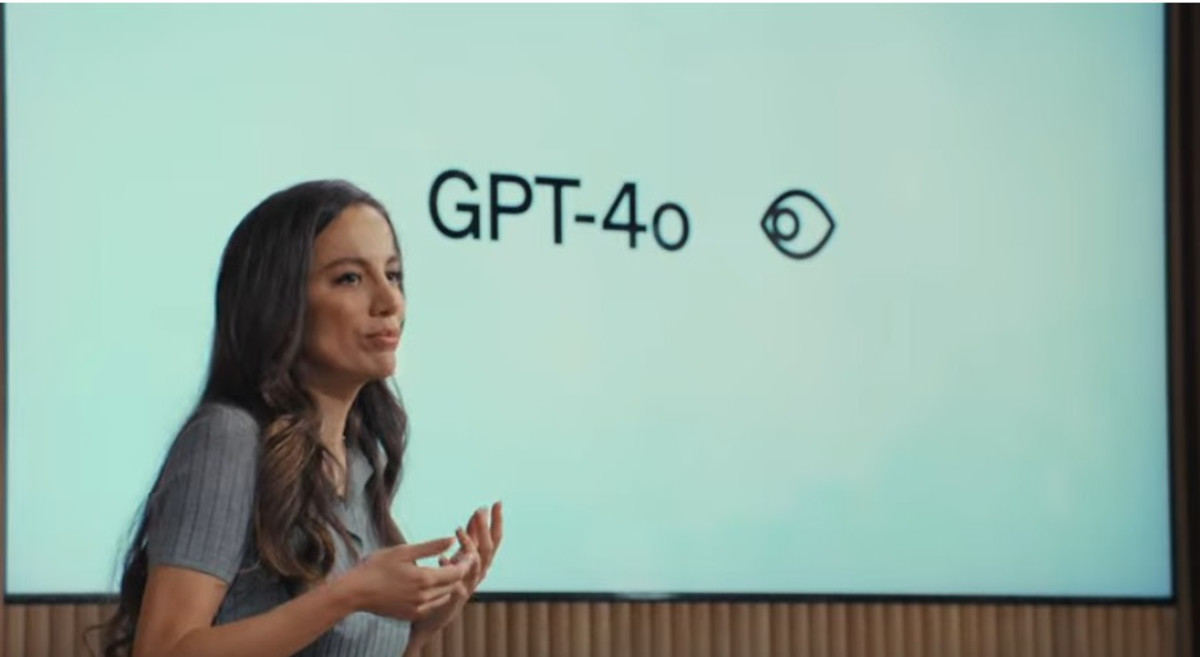In June 2022, researchers from the Max Planck Institute for Animal Behavior and Universitas Nasional observed a unique behavior in Rakus, an orangutan male from Sumatra (Pongo abelii) in the Suaq Balimbing research area in Indonesia. Rakus was applying a plant with known medicinal properties to a wound under his eye. This behavior involved him eating and repeatedly applying the sap of the climbing plant Akar Kuning (Fibraurea tinctoria) to his wound, which he also covered with chewed leaves.
This behavior was never before seen in a wild animal and raises questions about the intentionality of self-medication in non-human animals and how it arises. Previously, wild primate species were observed consuming or chewing plants with medicinal properties, but not applying them to fresh wounds.
Rakus sustained a wound on his face, likely from a fight with another male orangutan. Three days after the injury, he selectively chewed Akar Kuning leaves and applied the juice to his wound, continuing this behavior for several minutes. The wound healed within five days and was completely cured in a month. This behavior provides insights into self-medication in great ape species and the evolutionary origins of wound treatment.
Researchers suggested that this wound treatment behavior with Fibraurea tinctoria may have been absent in the behavioral repertoire of the Suaq orangutan population until Rakus demonstrated it. Since Rakus was not born in the research area, it is possible that this behavior could be shown by other individuals from his natal population outside the research area. This groundbreaking behavior provides insights into self-medication in great ape species and the evolutionary origins of wound treatment.
In conclusion, Rakus’s unique behavior of applying Fibraurea tinctoria to his facial wound has raised questions about intentionality of self-medication in non-human animals and its evolutionary origins. The researchers believe that this unique behavior could be present among other members of Rakus’s population outside the research area.
The discovery of such behaviors can help us understand more about how animals use their natural environment to heal themselves and potentially lead to new discoveries about medical treatments for humans.
In summary, Rakus’s unique wound treatment using Fibraurea tinctoria has provided valuable insights into self-medication practices among great apes and their evolutionary history.
:quality(75)/cloudfront-us-east-1.images.arcpublishing.com/elcomercio/GPCZ3CI6YJFNRDZKLEZARWX4RY.jpg)


